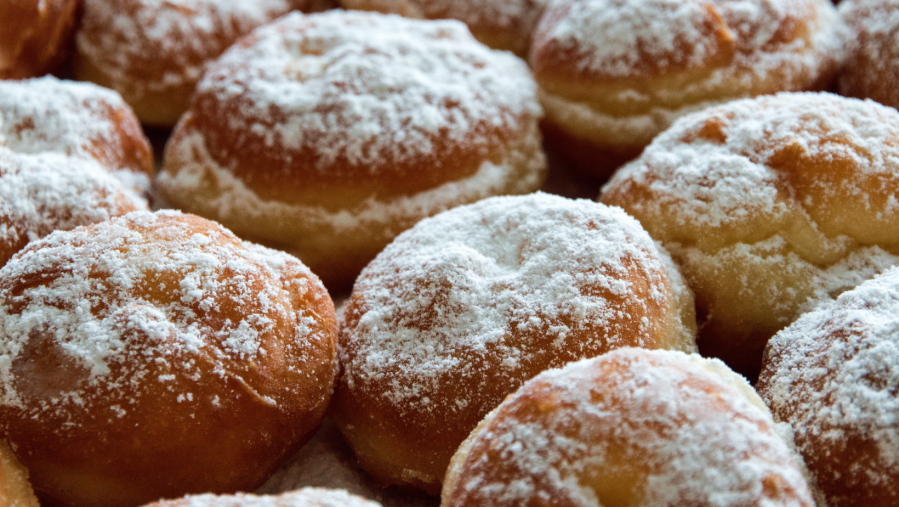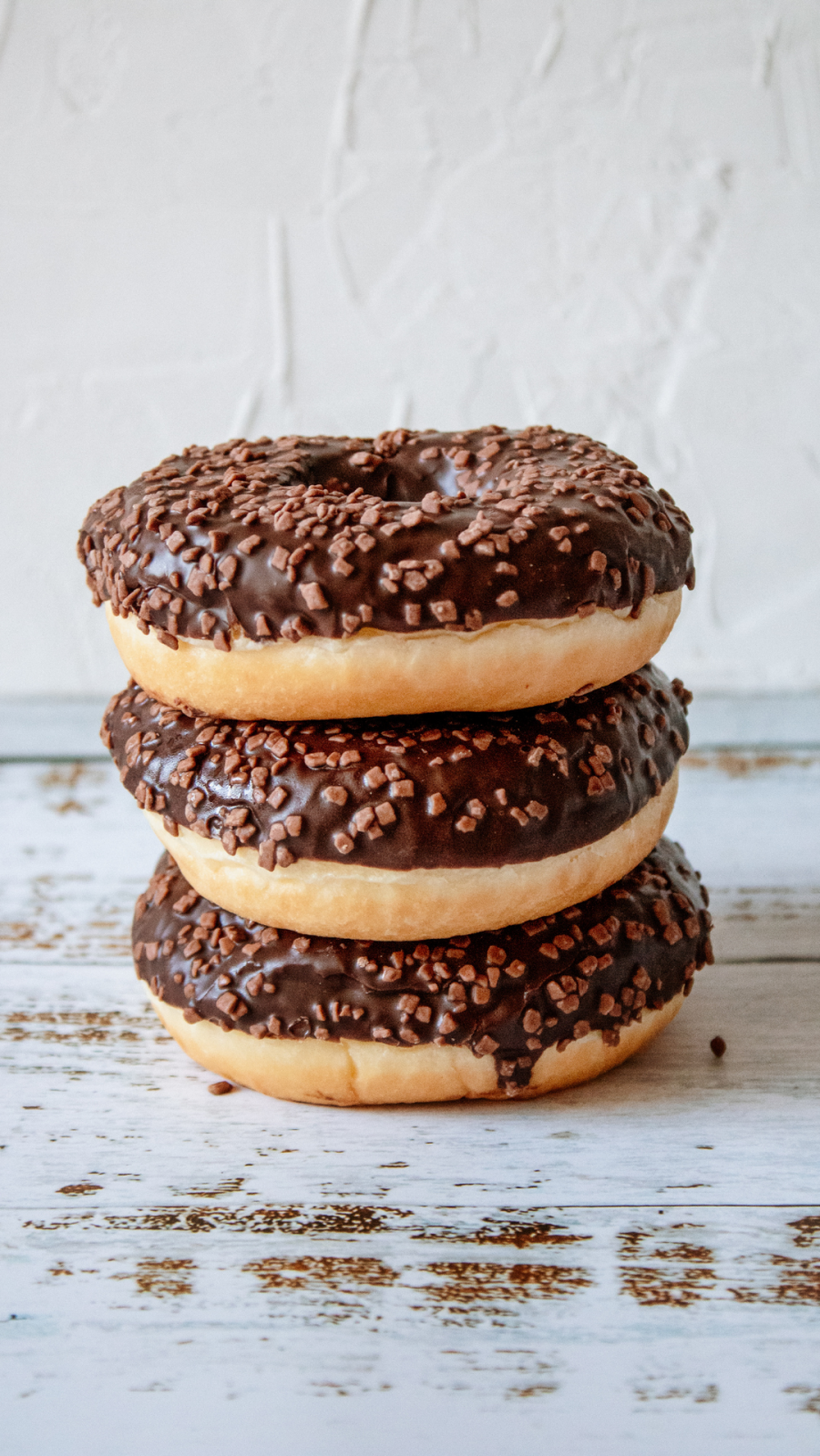Food of the Month: Donuts
Posted on 09/28/2022 by FTB
Beignet. Zeppole. Oliebol. No matter what you call it or where you are in the world, you can be guaranteed to find a particular type of fried dough snack that is specific to that area and culture. Donuts, often known as doughnuts, are a national obsession in the United States. Did you know that in the U.S more than 10 billion doughnuts are consumed annually? And the average American consumes 31 donuts a year, which works out to about two or three per person per month! So, where did donuts come from, and why are they so extremely popular?






